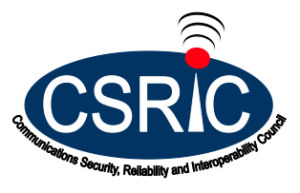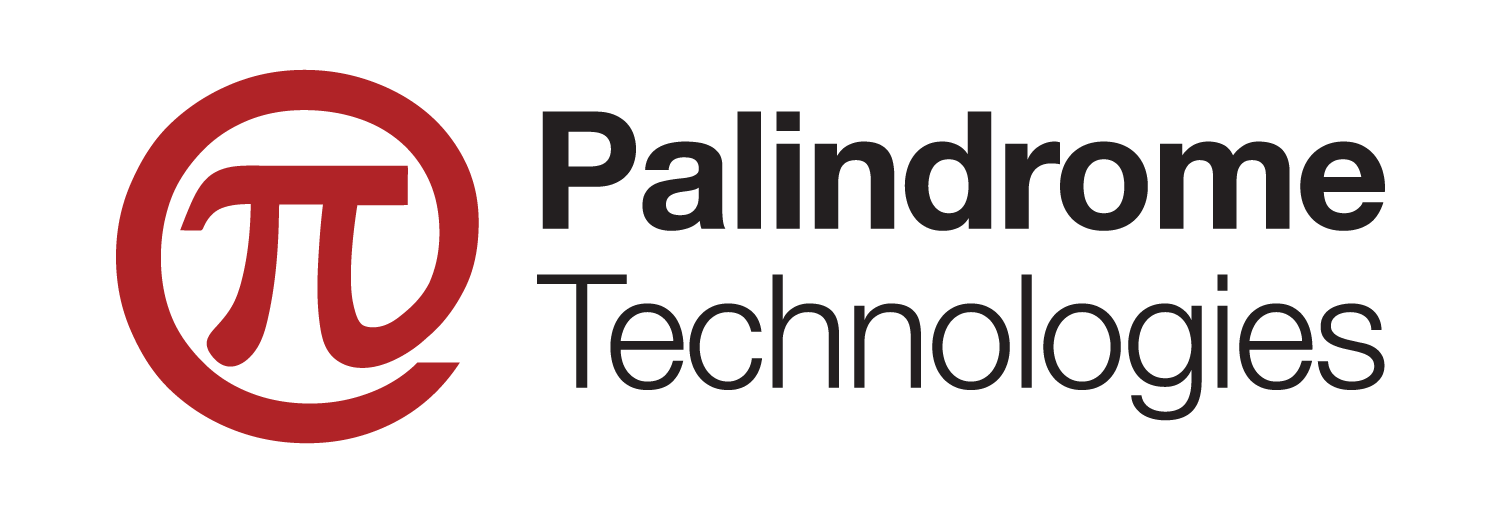FCC Communications Security, Reliability, and Interoperability Council VII

The FCC CSRIC VII Working Group releases a report on
“Risk to 5G from Legacy Vulnerabilities and Best Practices for Mitigation“.
This report is produced by Working Group 2 which focuses on:
Managing Security Risk in the Transition to 5G.
The 5th Generation (5G) in telecommunications technology is a revolutionary shift in core network architecture to a services-based approach that supports multiple access types, massive and unprecedented connectivity at much higher speeds and reduced latency. Connected vehicles, connected (smart) cities, wearables, healthcare and the Internet of Things (IoT) represent the initial set of use cases that 5G requirements has been designed to support. However, the introduction of 5G is a transition from 4G to 5G, based on the 5G Non-Standalone (NSA) Architecture. The NSA endeavors to bring 5G technology to market quickly, help service providers preserve 4G investment while introducing new services enabled by 5G and the evolution to the 5G Standalone (SA) Architecture. The tran
sition is based on 3rd Generation Partnership Project (3GPP) standards that continue to evolve. The scope of Communications Security, Reliability and Interoperability Council (CSRIC) VII Working Group 2 (WG2) is to address the NSA and is the focus of this Report. CSRIC VII Working Group 3 (WG3) is chartered to address the SA and both groups leverage extensive collaboration; which is highlighted throughout this Report. While focused on the NSA, this report is the first in a series of reports from CSRIC VII regarding 5G.
